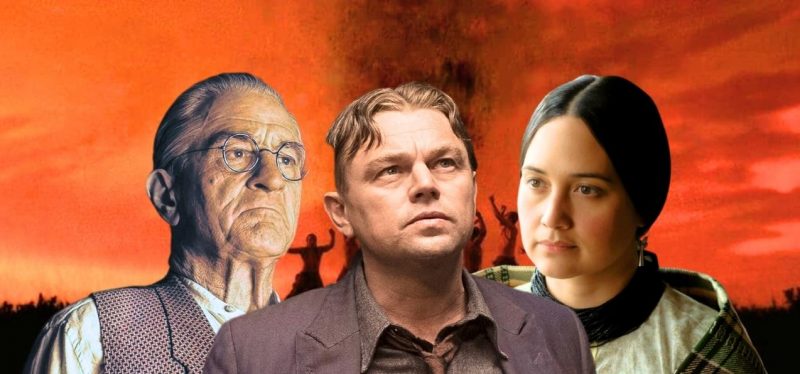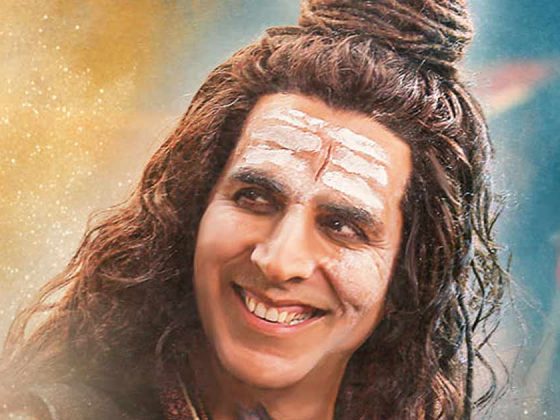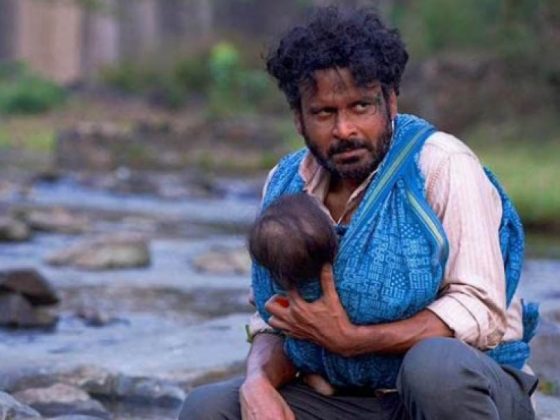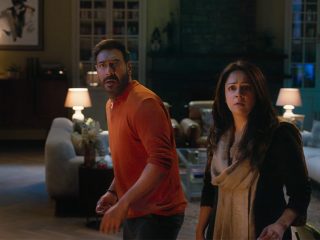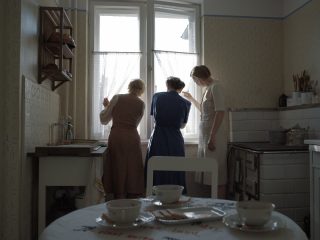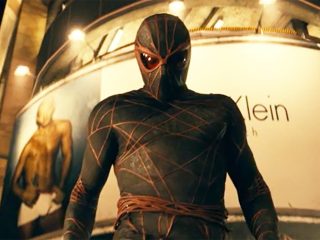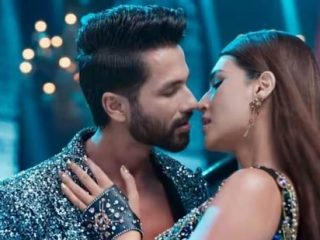It’s all about perspective. Martin Scorsese – one of cinema’s living legends not just as a filmmaker but also as a film preserver and critical speaker – is, no doubt, aware of that.
Some of his best work – Taxi Driver, The King of Comedy, and The Irishman are personal favorites in a filmography that features at least a dozen more highlights – has relied primarily on limiting this perspective to one individual. In doing so, his work has, thrillingly, run the risk of misinterpretation. A part of us wants to sympathize (or pity) pathetic characters like Travis Bickle, Rupert Pupkin, and Frank Sheeran because Scorsese dares to lock the camera close enough to them, allowing their worldview to, at times, filter into the film’s narrative. This, crucially, doesn’t mean that the film embodies their point of view. The filmmaker, cameraperson, and the editor see more than the character; they cut away from or counter our immoral protagonists’ perspective by introducing another (at least relatively) moral one. In Taxi Driver, to some extent, it’s the child prostitute, Iris; in The King of Comedy: Rita, Pupkin’s love interest and Jerry Lewis, Pupkin’s idol; in The Irishman, Peggy Sheeran, Frank’s daughter.
Killers of the Flower Moon, Scorsese’s expensive, ambitious, radically re-structured adaptation of David Grann’s novel of the same name, features a similar dynamic. Its protagonist, Ernest Burkhart (Leonardo DiCaprio), is somewhat like Frank from The Irishman, a World War returnee devoid of a certain past and a future; he’s a cowardly conformist destined to take orders from his white supremacist uncle, William “King” Hale (Robert DeNiro), who’s determined to acquire the Osage Indians’ wealth in Fairfax, Oklahoma in the 1920s by systematically murdering them. The Federal Bureau of Investigation (FBI), which subsequently launched an investigation into the murders, is not the film’s moral center (it is for the novel that reads more like a detective story than a character drama). It’s Mollie (Lily Gladstone) – the Osage Indian whom Ernest marries because he loves her and because he is directed by his uncle to do so.
Or, to put it correctly, it is their loving but compromised love story that is “the heart of the story.” In their initial courtship, it shows, too. Part of that is because DiCaprio and Gladstone give wonderfully accommodating performances, allowing each other to dominate a scene depending on the screenplay’s demands. For instance, when Ernest is not actively pursuing Mollie, DiCaprio’s handsomely devilish blue eyes and charm become the subject of Gladstone’s schoolgirlish attraction. But, when he tries to flirt with her, he becomes smaller. DiCaprio’s awkward smile highlights his already lost and befuddled expression when talking to Mollie even more: his foolishness, an amalgamation of his attraction towards Mollie and his genuine inability to think beyond sex. On the other hand, Gladstone appears commandingly arrogant, intelligent, and wise; she asserts her higher social position to Ernest by casually, dismissively, and somewhat flirtatiously calling him a “coyote.”
The relationship’s balancing act also extends to the film’s narrative structure. At least in its opening (and parts of its closing) stretch, Flower Moon plays out, in equal parts, as hopeful and mournful, romantic and horrific, psychological and sociological. It uses Ernest’s character not so much to limit its perspective but to expand it. Scorsese consistently contrasts Osage and white life – sometimes via contrapuntal editing that undercuts the optimistic mood “created” by Ernest’s uncle with the despairing one experienced by some of the Osage victims; other times, by presenting alternate realities co-existing together in the very same setting.
One of the film’s most remarkable sequences combines both of these techniques. Hale (whose surname, spoken with that thick mid-Western/Southern twang, alludes to fascistic Heil and fascist Hell), at the end of a long discussion with Ernest, makes a declarative statement to his nephew about the Osage community. He says, “Osage are the finest. They’re God’s most beautiful people on Mother Earth.” Hard Cut. An overhead shot of an unknown Osage local, seemingly poisoned, choking to his death. Then, as the footage alternates between the dead man’s still, lifeless body and black-and-white film footage of when he was moving, alive, we hear a woman’s trembling voice reading out the deceased person’s name, age, and the status of investigation. Cut to – another victim. Another. Still, another. Finally – this is perhaps Scorsese’s most impactful use of contrapuntal audio and video in the film – we see a white man murder an Osage woman as the voiceover continues to remorsefully narrate, “Reason of death: Suicide.” The profoundly moving voice(over) – not only for what is said, but how expressively it is said – is revealed to be Mollie’s. This is her, and by extension, the Osage Indian’s perspective; it’s the film’s broken heart that’s still, ever so faintly, beating.
The problem with the rest of Flower Moon’s narrative, which takes up close to half of its gargantuan 206-minute runtime, is twofold. First, the push-and-pull between white and Osage Indian life – so effectively and consistently established in its opening forty minutes – pushes over almost entirely into the white side. This, in and of itself, is not a problem; the “killers” are the film’s primary subject. The problem is how unrestricted (a kind way of saying all-over-the-place) even this side of the story feels. Ernest’s moral collapse – supposed to come across as emotionally tortured and tormented – competes with and often loses out to, the film’s other coldly detached interests: its (in theory, worthy) bearing witness to Hale’s elaborately constructed network of Osage killings, and its (severely underdeveloped) investigation into the FBI’s investigation of these killings. These points of view are so similarly forensic that the film’s decision to show them both instead of pushing us uncomfortably close to Ernest defuses the drama that Scorsese usually mines from putting us in the company of such hideous men. In other words, watching these parts of Flower Moon felt like reading a well-researched report: informative but not engaging.
What is seems to have been cornered. The sidelining of Mollie and the Osage people’s stories is the film’s major fault that unintentionally but unfortunately contradicts Scorsese’s noble intentions. The absence or abstraction of what, for Scorsese, is “the other’s” perspective is, again, not a problem in and of itself. (Acknowledgment of not understanding “the Other” has, in fact, given birth to some of the sensually splendid films of two of my favorite working filmmakers – Claire Denis and Lucrecia Martel). The problem is Flower Moon’s simplification of it. Scorsese promises to show and explore – not just glimpse – Mollie’s perspective; she’s positioned as a parallel lead to Ernest. Yes, she possesses a purity, an inner life that Ernest can never even imagine, let alone realize. But, during the film’s opening stretch, she’s not just that. Her outer life – a minor glimpse of her fraught but loving relationship with her sister and mother – is also present. However, as the film continues, she (and the Osage) people become purely symbolic.
In the most perverse way, doesn’t Killers of the Flower Moon somewhat replicate history’s rhetoric? Yes, it tries its hardest to provide multiple perspectives, almost putting Mollie on the same stage as Ernest and William. But it doesn’t. The two men – especially DiCaprio’s protagonist – come across as the most complicated “human” characters. Mollie and the Osage people remain a representative ideal, a curated image of reality, a perspective unexplored.

